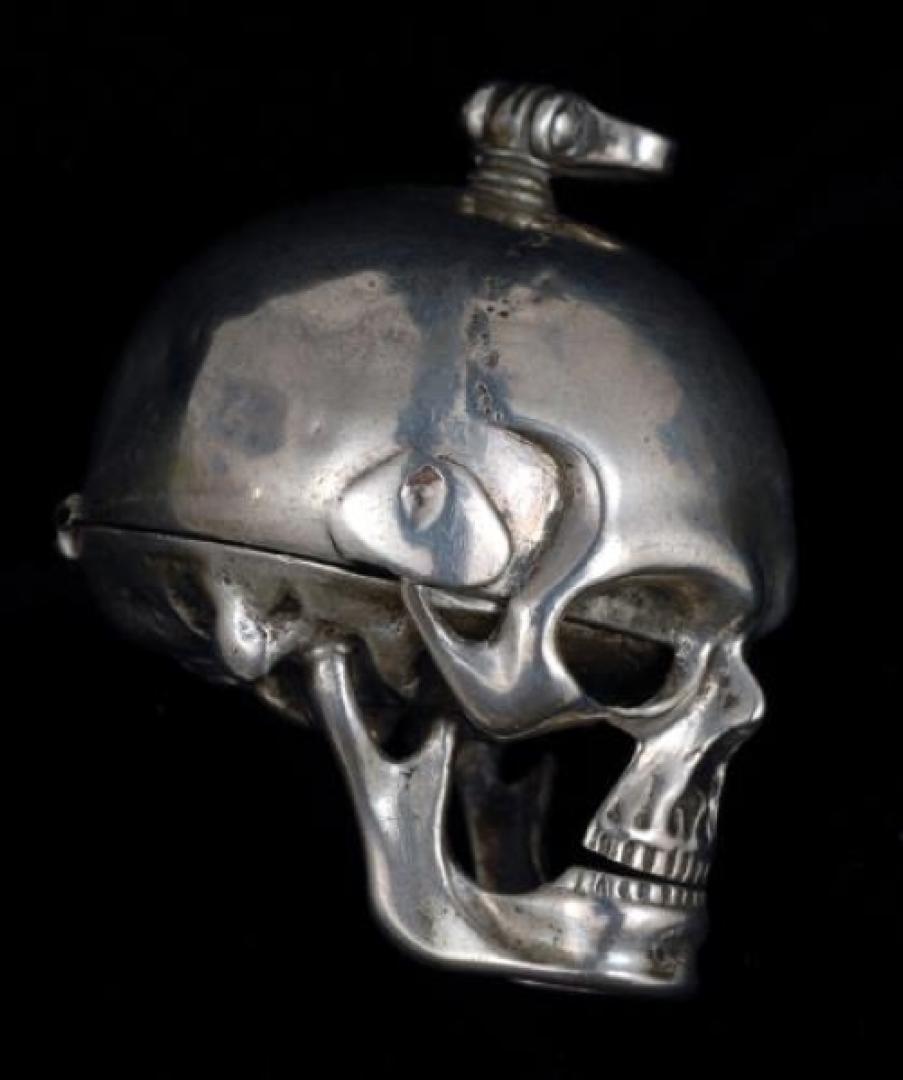In her latest occasional column, Dorothy Blundell takes a sideways look at the collections of The Bowes Museum, where she is a volunteer
TIME: whether it flies or drags depends very much on what you are doing. For John and Josephine Bowes, time was of the essence in buying vast quantities of porcelain, paintings, curiosities and other objects to fill their museum. They had about 12 years to acquire two lifetime’s of works spanning all of Europe and 500 years or so.
In between shopping trips, John Bowes frequently returned to the North East to attend to business and estate matters and how time must have dragged making those channel crossings. Until arrival of the railways it was a 40-hour stagecoach ride to get from Paris to Calais and 35 hours from London to Darlington. How many times would he have checked his fine gold pocket watch on that tortuous journey?
Meanwhile, Josephine would be happily whiling away her time with brushes and oils or making sketches.
Time was of no consequence to her if the sea looked a bit choppy. She adamantly refused to cross the channel until conditions were calm. Days, or even weeks, would pass waiting for the right moment to set sail.
What is believed to be Josephine’s watch can be seen next to John’s in the silver and metals gallery of The Bowes Museum. There is no doubt about John’s pocket watch made by renowned French watchmaker, Le Roy et Fils. Its chain is decorated with an amethyst seal cut with John Bowes’ crest and surrounded by a buckled belt carrying the family motto. Rather than a pocket watch, Josephine’s gold timepiece might possibly have been worn around the neck as a pendant. The face is tiny and the chain is of plaited metal with fine pearls at intervals and a bar to allow fixing through a buttonhole.
This is possibly the watch acquired from the dealer Mme Lepautre in 1868.
After John Bowes died in 1885, the museum’s trustees had to fight to recover items in Paris destined for the museum, including “a very small watch for the neck with a gold chain and pearls, 500 francs” .
Also on display is an unusual small silver skull fob watch. It was made in Paris between 1755 and 1765, again by Le Roy et Fils. It is known that Napoleon Bonaparte favoured the expertise and fine detailed work of this watchmaker and as Bowes had a strong interest in the life of Napoleon, he might have wanted to add this watch to the collection.
It is hinged at the back and opens in half horizontally, through the centre of the eye sockets, to reveal a detailed watch face of two dials, one inside the other. The inner dial marks the hours in roman numerals and the outer displays the minutes.
The skull is a universal symbol. It is a warning of the possibility of death (think pirate flags and poison bottles). In art, the skull can symbolise the passing of time and is a reminder to be a good person (in pre-modern Europe, that meant a good Christian) and to live life to the fullest. It is not usually intended to be something to fear, but can be seen as a friendly warning of life’s fleeting nature. In this way, a symbol of death becomes a symbol of life.
John and Josephine had 27 precious years together but it was not enough to see their museum opened to the public in 1892.
That is their tragedy. The magnificent building and the amazing collections within have proudly stood the test of time. That is their triumph. If you can, find time to visit when it re-opens after lockdown. It will not be a waste.







